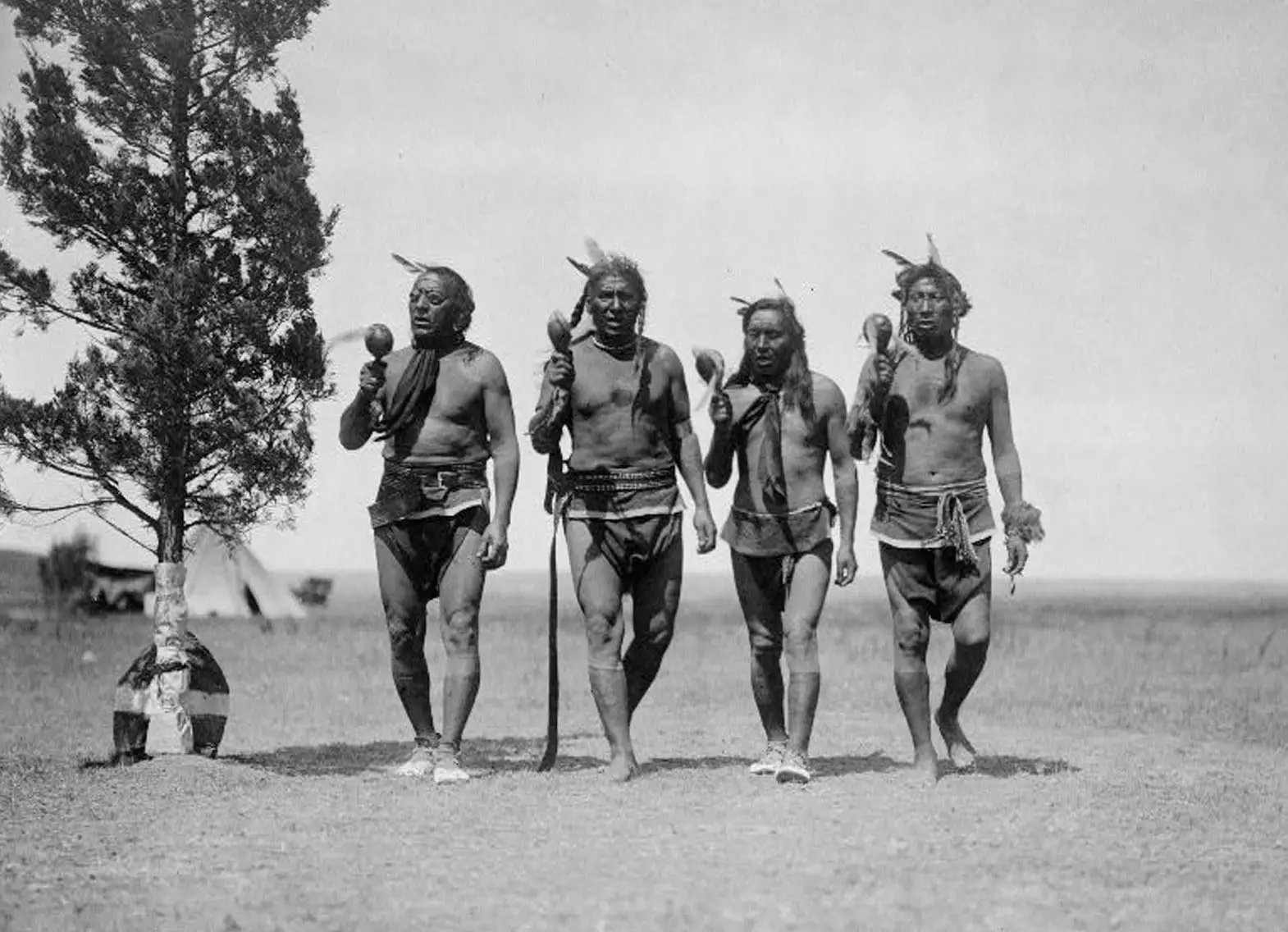Wood Gas: Wood, charcoal and coal gasifiers have been used in vehicles in various applications for over 100 years.
Their popularity and utilization peaked during WW2 when almost a million wood fired vehicles were used all over the world. For example, in order to save gas during the troubled times in the 1930s, a huge amount of vehicles in Western Europe and Scandinavia ran on wood gas.
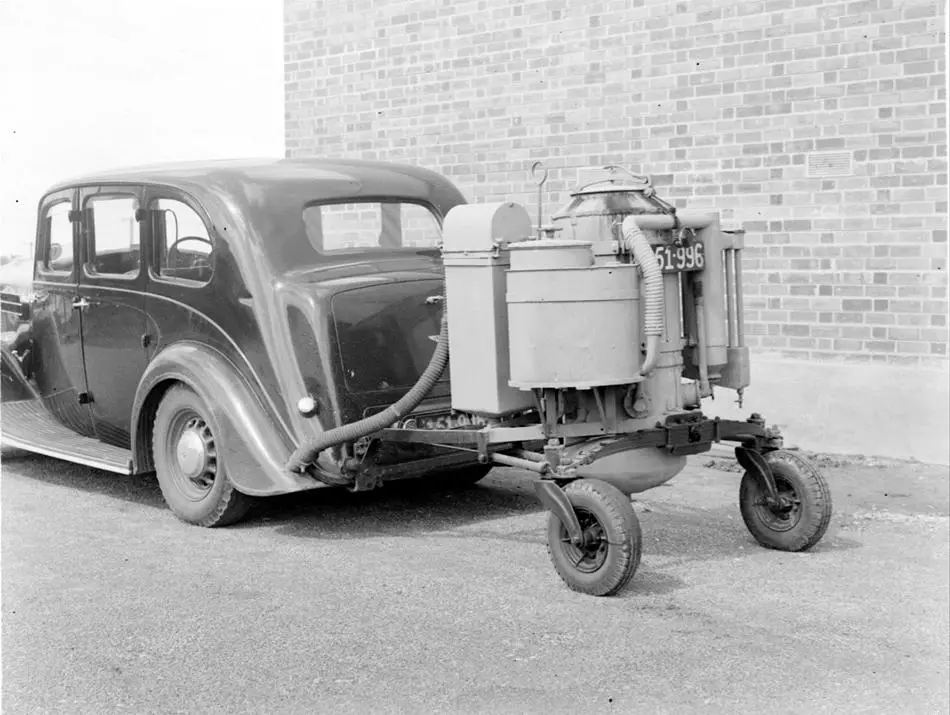
Contents
- What is Gasification?
- Hulking Monsters
- Reckless Drivers
There was no need to redesign a new vehicle as it took only minor changes to adapt the internal combustion engines to wood burning fuel rather than fossil fuels.
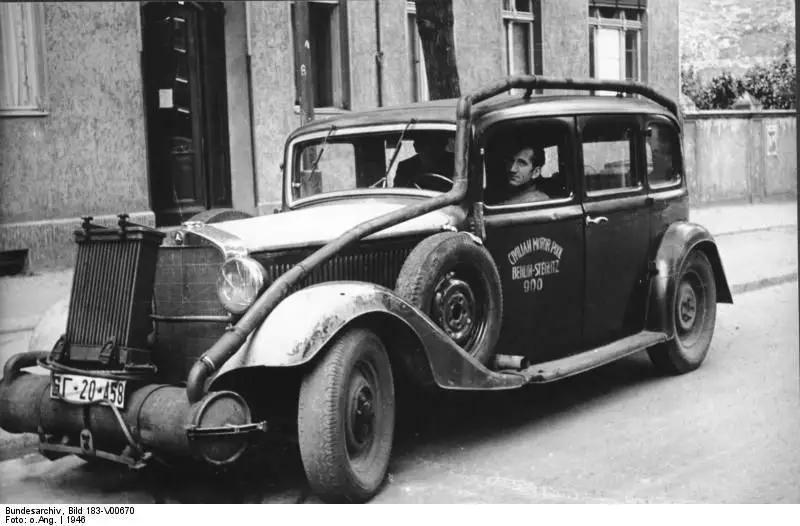
WW2 Tanks
Not only automobiles but trucks, motorcycles, tractors, buses, ships and trains were adapted to ease the need for foreign fuel. Virtually every mode of automated transportation was affected. Instead of gas stations, stops were set up along roads that sold chopped wood for people to “fill it up”, as it were.
The Germans during WW2 became desperately short of fuel for their war machine. They turned to wood fuel as much as they could.
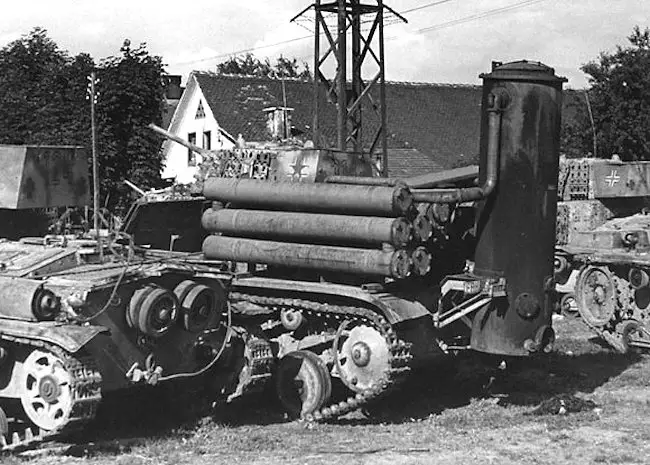
The Panzer-I tank was built in Germany in the 1930’s. After the invasion of Poland in September 1939, the type was clearly obsolete because of its thin armour and light armament. Some were sent to secondary fronts, but others were assigned to panzer Fahrschules (driving schools) for training.
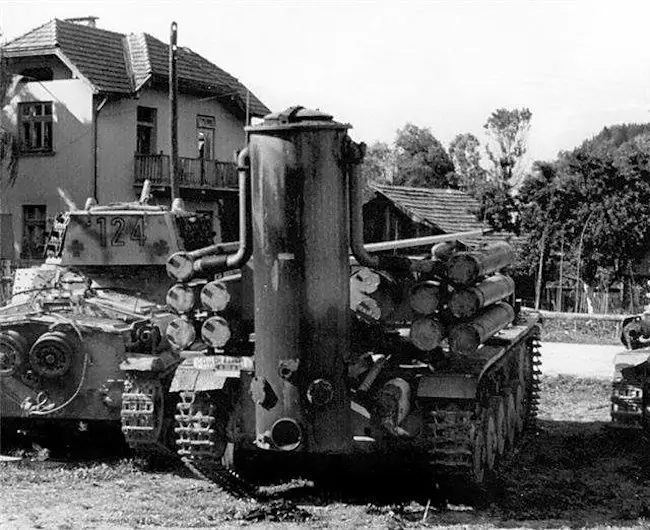
What is gasification?
To answer that, we can thank www.woodgas.nl for the explanation: Gasification is a chemical process, where heat converts solid biomass into flammable gas. Thereby the gas can be burned immediately by adding secondary air, like in heating applications. The gas can also be fed to an IC (internal combustion) engine, when first cleaned and dewatered.
Gasification consists of four processes:
- Drying. By using heat, water evaporates from the wood. This is good, because a surplus of water reduces the oxidation temperature, which doesn’t provide clean gas.
- Pyrolis. Above 270 degrees Celsius the wood structure falls apart. Long molecules are made smaller. Charcoal and tarry gases appear.
- Oxidation. Under supply of a measured quantity of air, a part of carbon oxidizes (burns) to carbon dioxide and hydrogen oxidizes to water. A lot of heat is released. This heat is necessary for:
- Reduction. In the reduction area the most important conversions take place. Most of these reactions however ask energy. This energy has just been released in the oxidation zone, which reaches a temperature of 1400 degrees Celsius. Carbon reacts with carbon dioxide and converts it to carbon monoxide. Carbon also reacts with water, stealing an oxygen atom to convert it to carbon monoxide and hydrogen. These are the most important reactions. Furthermore carbon binds with hydrogen to create methane and carbon monoxide reacts with hydrogen to methane and water ~ Dutch John

Hulking Monsters
Unfortunately, the wood burners looked like hulking monsters attached to the car. Some even had pipes around the outside of the vehicle that looked like downpipes on the sides of buildings and others had to pull the unit on a trailer behind the vehicle because it was too dangerous to have a carbon monoxide emitting unit inside the car.
According to lowtechmagazine.com, in 1942 wood gas vehicles accounted for sixty five thousand vehicles in France, nine thousand in Denmark and forty three thousand in Finland by 1944. Some of Finland’s wood gas vehicles were cars, tractors, boats and buses.
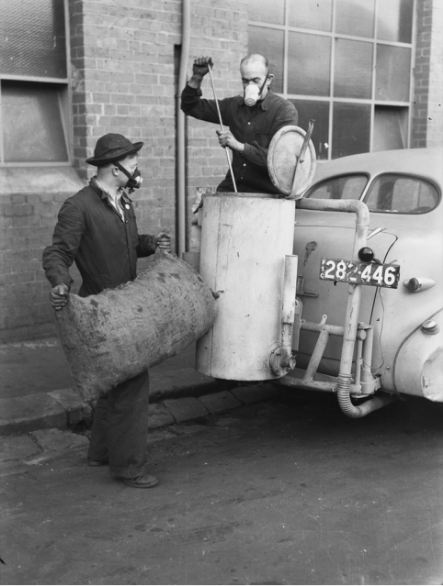
Makezine.com tells us of the many advantages of using wood gas. Emissions are equal to those of using natural gas and fuel is free if one has a source for trees or wood. Felling the tree one’s self provides not only a totally carbon free product but provides one with an excellent workout.
No one country or area in the world can monopolize trees and using vehicles such as these could make an interesting change in the balance of power in the world.
Another advantage to wood burning transportation is that because the wood conducts electricity no battery is needed putting an end to the thousands of toxic, dangerous superfund sites across the country.
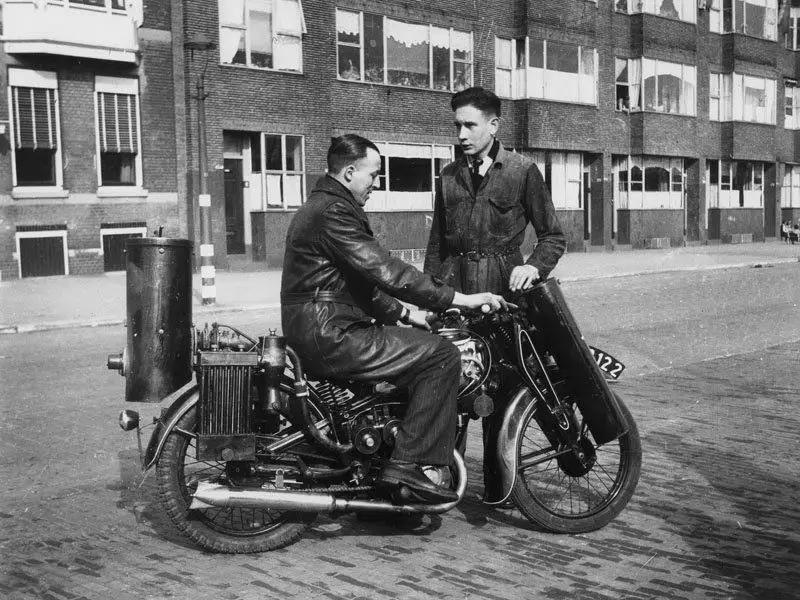
Reckless Drivers
Disadvantages include a lower rate of speed. Fifty percent of nitrogen found in wood gas is not involved in combustion. No hot rods with these vehicles but the trade off is the millions of lives saved by restraining speeding, reckless drivers.
It seemed as though the larger the vehicle was the less speed was a factor. Trains and boats didn’t have the same reduction in speeds. One also had to carry a lot of wood around to make sure there was enough fuel.
Most people bought bags of wooden pellets. The vehicles had to be warmed up for ten minutes to get enough heat going to run. Your impulse beer runs would be out of the question.
European engineer Georges Imbert built the first gas generator that ran on wood in 1920. Imbert’s generators became a hot commodity when WWII called for gas rationing. In Germany over half a million wood gas vehicles were in use by the end of the war.
The first use of wood gasification was reported back in the 1870’s. A time when peat and wood were used to fuel street lights and stoves, according to amazingplanet.com. After the war the gas rationing stopped and wood gas cars quickly went out of fashion.
Abandoned

They were mostly forgotten until 1957. Swedish scientists began a project to give their country the ability to quickly switch to wood gas generators as they have no stores or sources of oil but hundreds of miles of forests.
Another Article From Us: Two Soviet Era Radioactive Wrecks to be Recovered
If you like this article, then please follow us on Facebook, Instagram
Sponsored by automobile manufacturer Volvo, they studied how to make the unit somewhat smaller and streamline the tanks. Finnish amateur engineers have come up with a variety of different forms. Based on the Food and Agriculture Organization’s Forestry Department data from 1986 that can be found widely on the internet.




